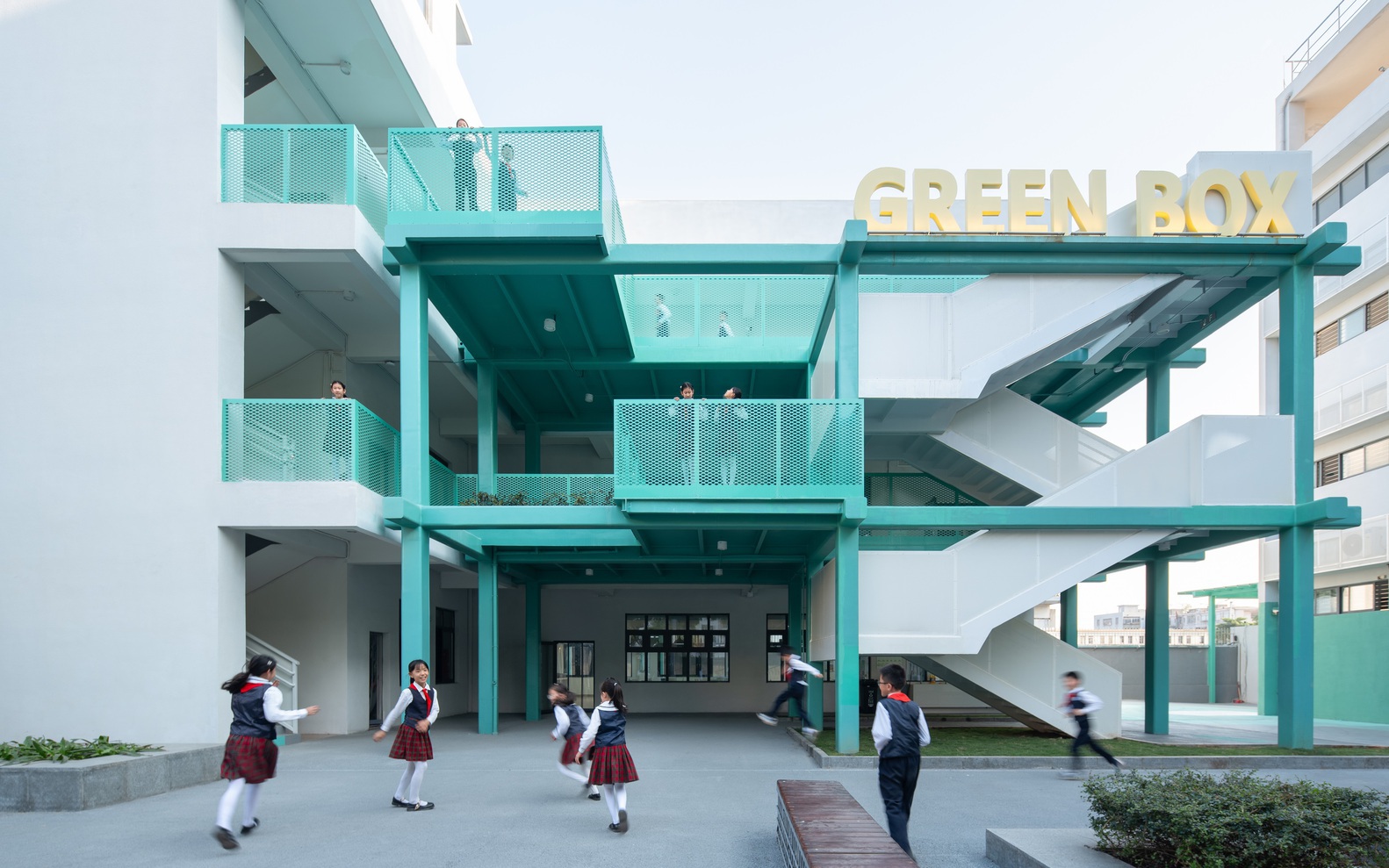The Hidden Carbon Cost of Climate Retrofits
Evolving urban conditions call for an evolving builtscape, and retrofits have been a key mechanism to allow buildings to adapt and respond to new needs. Amidst global environmental concerns, climate retrofits have become a popular strategy to upgrade buildings based on improved operational efficiency. Global decarbonization plans have even called for city-wide retrofits, such as in the case of London, to meet civic goals. While such upgrades significantly reduce energy consumption, they often come with a hidden cost – embodied carbon in retrofit materials and the potential for future waste.
Building retrofits typically focus on two main areas: the building fabric and building services. For example, buildings in temperate climates may prioritize reduced heat loss through improved insulation, double or triple glazing, and insulated doors. Such measures can dramatically decrease a building’s energy demand, leading to lower operational carbon emissions and reduced heating costs for occupants.


 Picture: Tianpei Zeng
Picture: Tianpei Zeng
Comments :